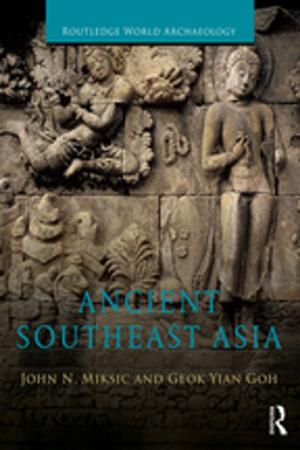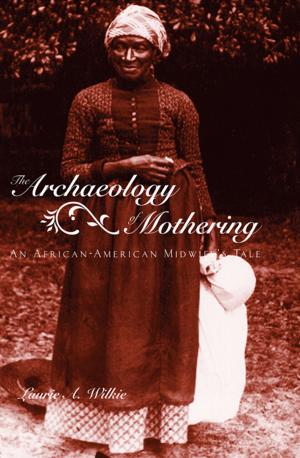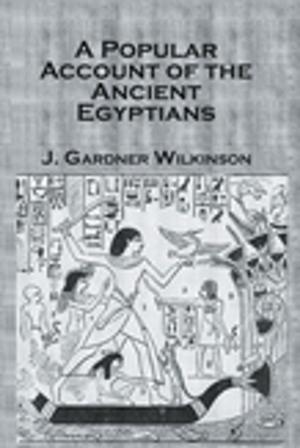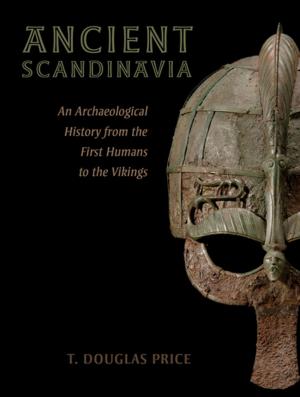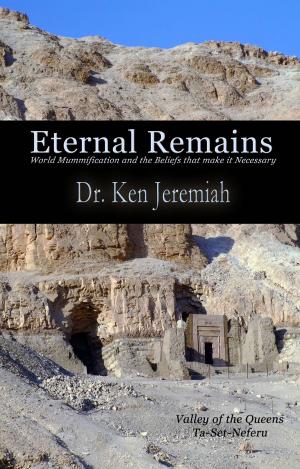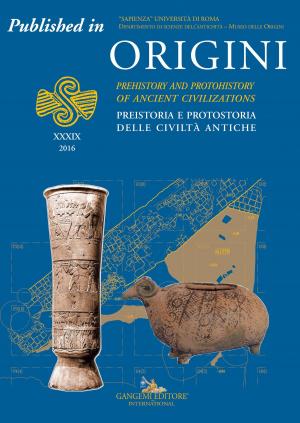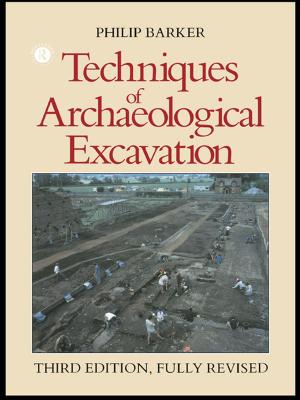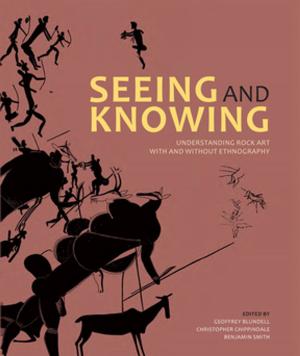| Author: | W. M. Flinders Petrie | ISBN: | 9786050481884 |
| Publisher: | W. M. Flinders Petrie | Publication: | July 16, 2016 |
| Imprint: | Language: | English |
| Author: | W. M. Flinders Petrie |
| ISBN: | 9786050481884 |
| Publisher: | W. M. Flinders Petrie |
| Publication: | July 16, 2016 |
| Imprint: | |
| Language: | English |
When, in the end of 1880, I first started for Egypt, I had long been preparing for the expedition; during a couple of years before that measuring instruments, theodolites, rope-ladders, and all the impedimenta for scientific work, had been prepared and tested. To start work under circumstances so different from those of any European country, and where many customary appliances were not to be obtained, required necessarily much prearrangement and consideration; though on the whole my subsequent experience has been that of decreasing the baggage, and simplifying one’s requirements.
The first consideration on reaching Egypt was where to be housed. In those days there was no luxurious hotel close to the pyramids; if any one needed to live there, they must either live in a tomb or in the Arab village. As an English engineer had left a tomb fitted with door and shutters I was glad to get such accommodation. When I say a tomb, it must be understood to be the upper chamber where the Egyptian fed his ancestors with offerings, not the actual sepulchre. And I had three rooms, which had belonged to separate tombs originally; the thin walls of rock which the economical Egyptian left between his cuttings, had been broken away, and so I had a doorway in the middle into my living-room, a window on one side for my bedroom, and another window opposite for a store-room. I resided here for a great part of two years; and often when in draughty houses, or chilly tents, I have wished myself back in my tomb. No place is so equable in heat and cold, as a room cut out in solid rock; it seems as good as a fire in cold weather, and deliciously cool in the heat.
When, in the end of 1880, I first started for Egypt, I had long been preparing for the expedition; during a couple of years before that measuring instruments, theodolites, rope-ladders, and all the impedimenta for scientific work, had been prepared and tested. To start work under circumstances so different from those of any European country, and where many customary appliances were not to be obtained, required necessarily much prearrangement and consideration; though on the whole my subsequent experience has been that of decreasing the baggage, and simplifying one’s requirements.
The first consideration on reaching Egypt was where to be housed. In those days there was no luxurious hotel close to the pyramids; if any one needed to live there, they must either live in a tomb or in the Arab village. As an English engineer had left a tomb fitted with door and shutters I was glad to get such accommodation. When I say a tomb, it must be understood to be the upper chamber where the Egyptian fed his ancestors with offerings, not the actual sepulchre. And I had three rooms, which had belonged to separate tombs originally; the thin walls of rock which the economical Egyptian left between his cuttings, had been broken away, and so I had a doorway in the middle into my living-room, a window on one side for my bedroom, and another window opposite for a store-room. I resided here for a great part of two years; and often when in draughty houses, or chilly tents, I have wished myself back in my tomb. No place is so equable in heat and cold, as a room cut out in solid rock; it seems as good as a fire in cold weather, and deliciously cool in the heat.



